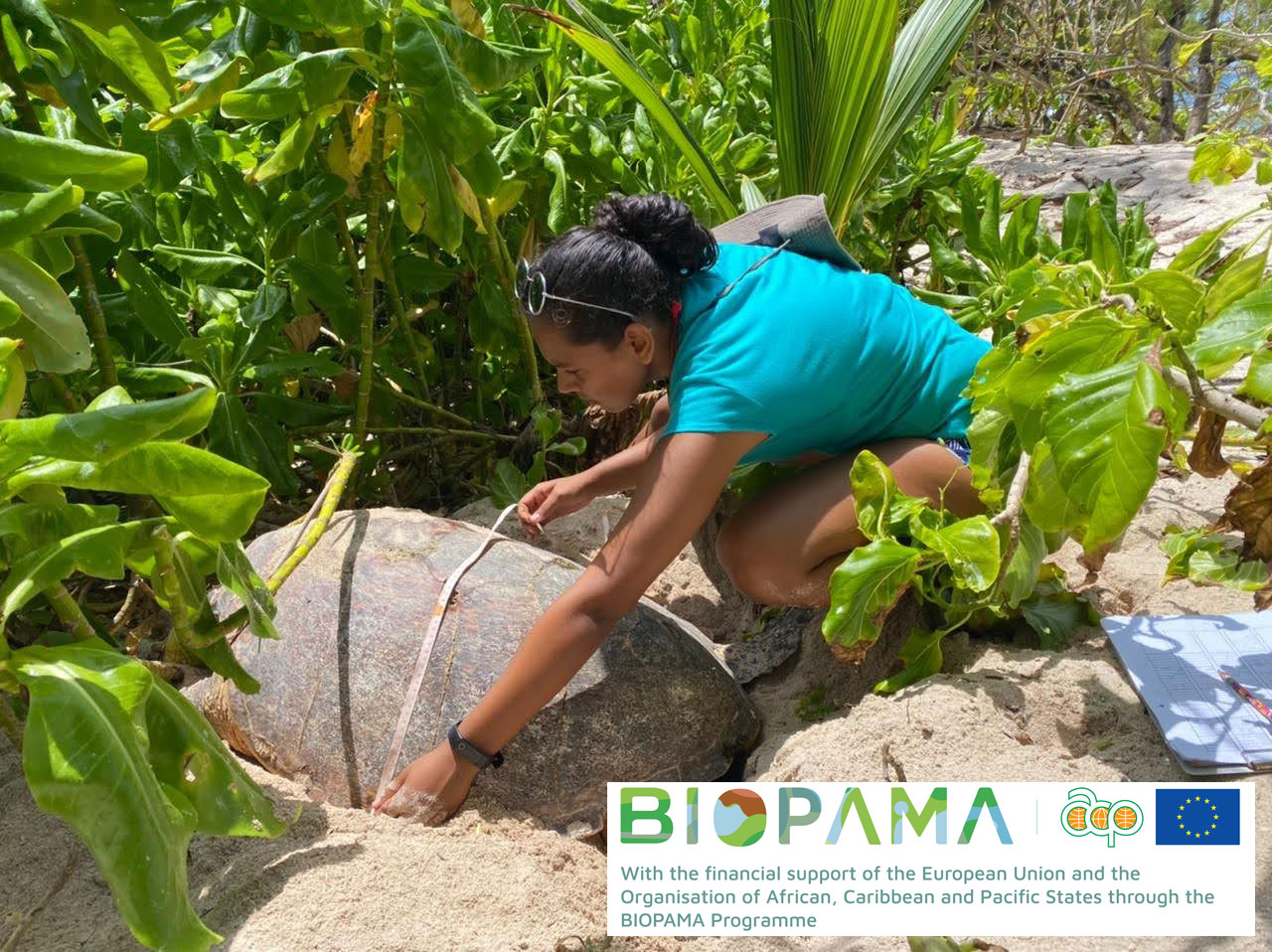Engaging and mobilizing local communities
Social impact weighting by women at a SAPA community workshop
ECO-BENIN,2021
Identification of social impacts at village level during SAPA assessment
@ECO-BENIN, 2022
IMET and SAPA assessments are community-based, participatory processes that require the involvement of local communities to ensure the quality of the assessment. To this end, prior to the start of the evaluation workshops and meetings, we worked with the site managers to identify all the stakeholders likely to hold information essential to the evaluation. All these stakeholders were informed from the outset of the planned action, of the various evaluation phases, the objectives pursued and expected results, and finally of the future use to be made of the results obtained. This information and involvement stage ensured that the local communities were fully on board and participated effectively in all stages of the evaluation.
Workshops and field meetings were planned and organized in collaboration with local village authorities.
All stakeholders were represented during the activities in order to gather their opinions.
Community workshops were facilitated in a lucrative approach in the local language to enable the effective participation of as many stakeholders as possible.
Evaluation questions were translated into expressive drawings to enhance community understanding.
The inclusion of local communities as key players in the assessment provided a true and faithful assessment of the protected area's management situation and the well-being of the communities.
Facilitating community workshops in the field in local languages attracted a high level of participation. This enabled all participants to clearly express their feelings about the management mechanism in place, the consequences for their well-being, and to propose approaches to alleviate their difficulties.
Several evaluation questions were translated into images to enable the local communities taking part in the community workshops, most of whom were illiterate, to understand the evaluation questions and respond appropriately.
